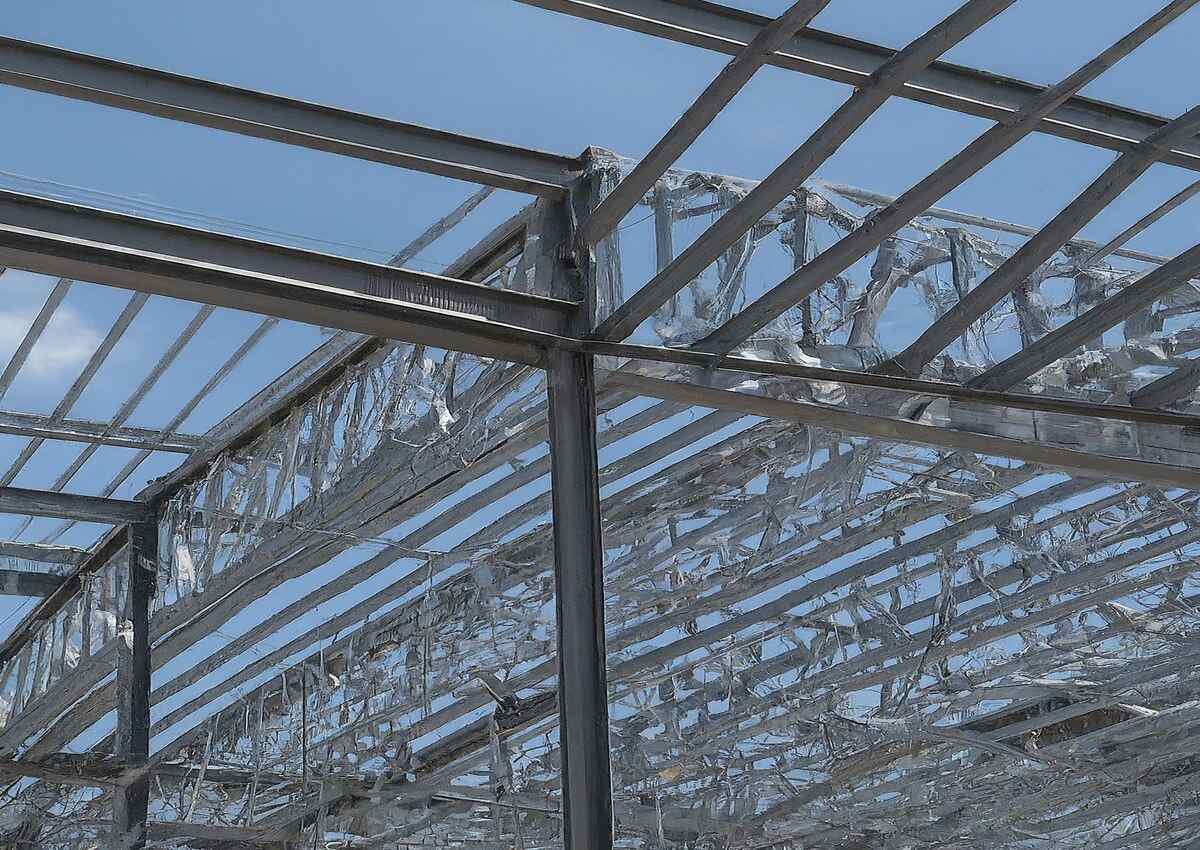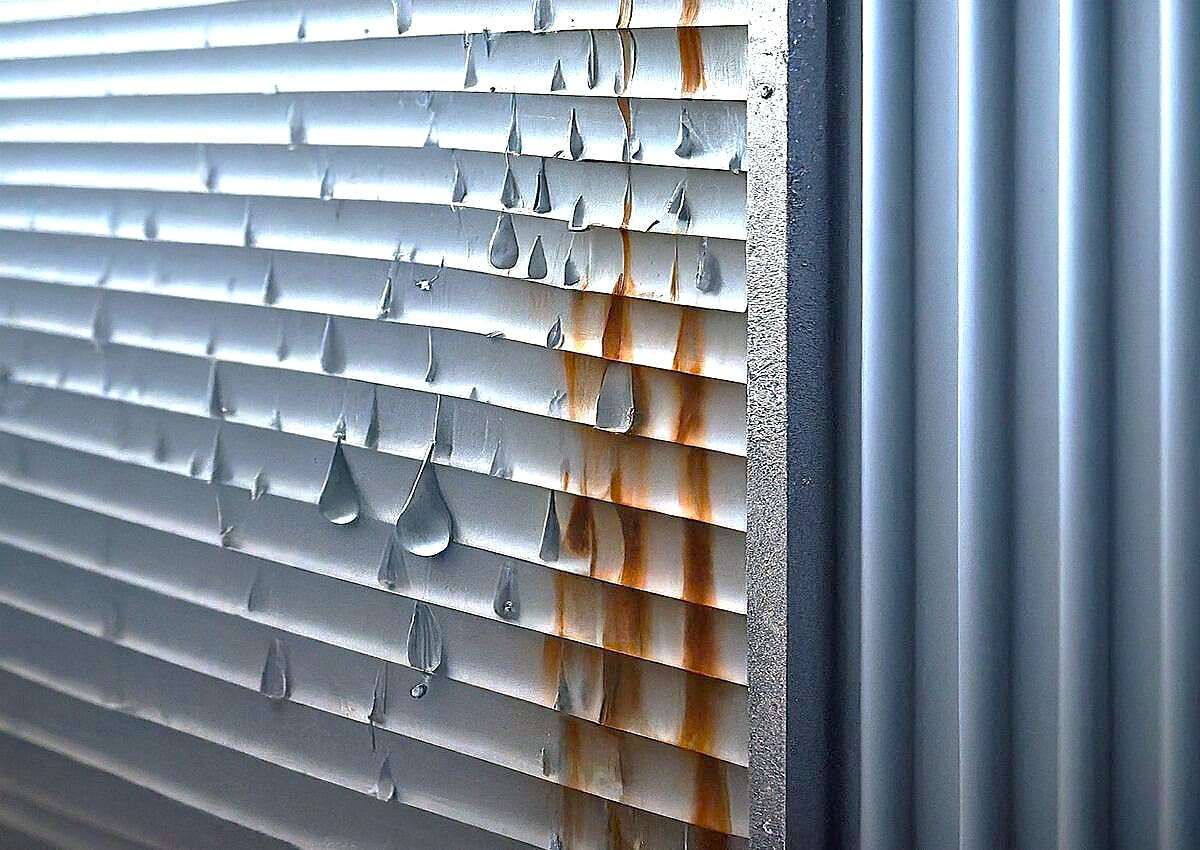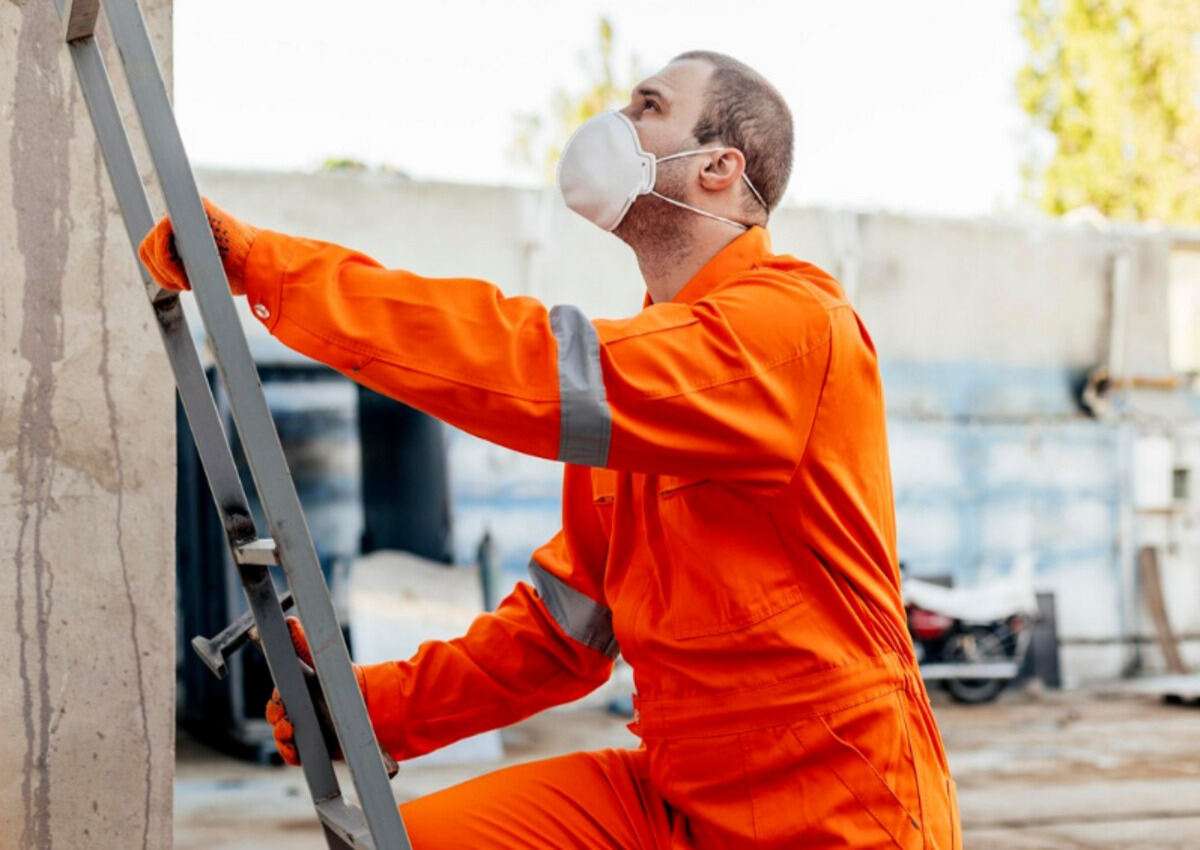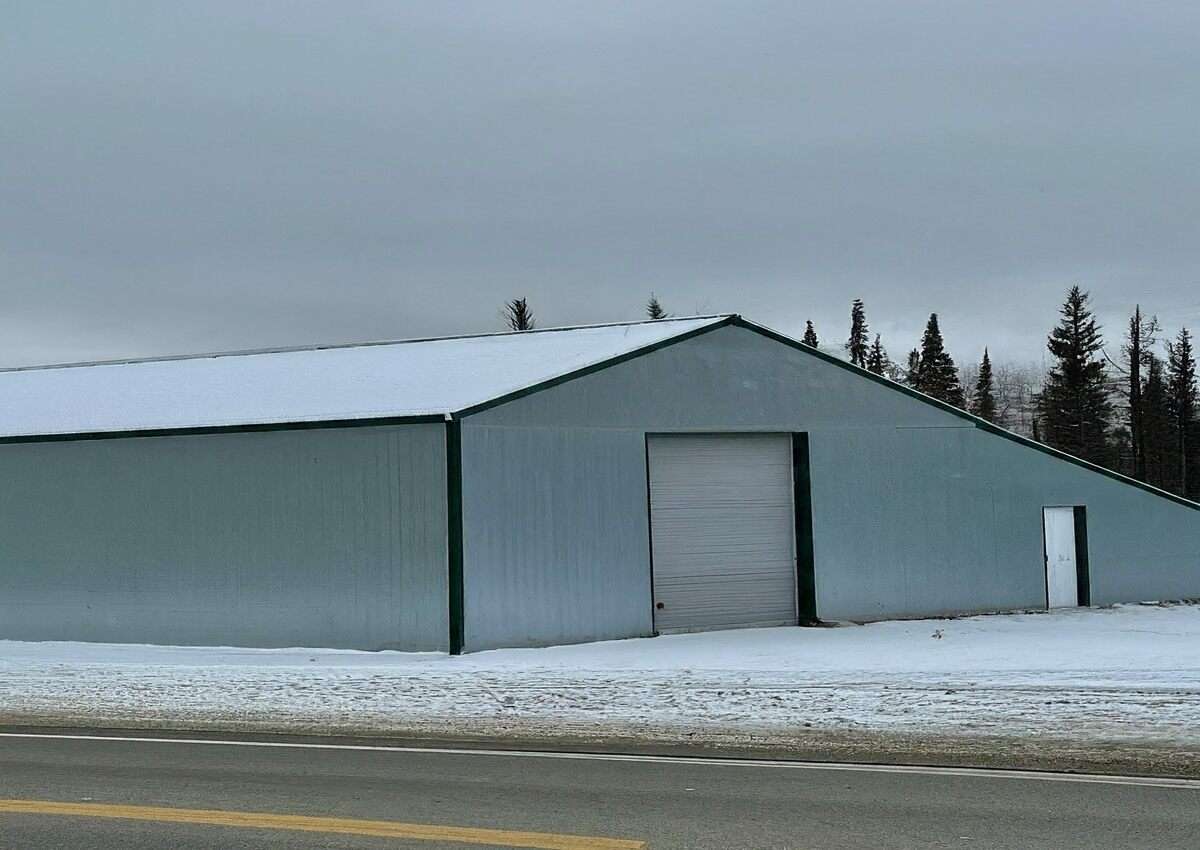In an era of escalating climate variability, the durability of metal building has become a pressing concern for builders, architects, and property owners. Metal buildings are recognized for their strength and resilience, but they are not immune to the effects of extreme weather conditions. As the climate changes, understanding how different environmental factors impact metal structures is crucial to ensuring their longevity. This article provides an in-depth exploration of how climate influences metal building durability and offers insights into best practices for design and maintenance.

What is the Structure of a Metal Building?
To fully grasp how climate affects metal buildings, it’s essential to understand their structural components:
- Primary Frame: This is the backbone of the building, comprising steel columns and beams. These elements provide the main support for the structure, bearing the load and distributing forces evenly throughout the building.
- Secondary Frame: This includes purlins, girts, and eave struts, which support the walls and roof. These components are critical for maintaining the building’s shape and providing additional strength.
- Roof and Wall Panels: Typically made from steel sheets, these panels are designed to protect the interior of the building from external elements. They are often treated with coatings to resist corrosion and enhance durability.
- Bracing Systems: Bracing, which can include cables or steel rods, stabilizes the building against lateral forces such as wind and seismic activity. Proper bracing is crucial to prevent the structure from swaying or collapsing under stress.
- Foundation: A solid foundation, usually made of concrete, anchors the building to the ground. It must be engineered to withstand the weight of the structure and resist environmental factors such as soil movement or water ingress.
- Insulation: Insulation is used to manage temperature and moisture within the building. It helps to prevent condensation on metal surfaces, which can lead to corrosion and structural weakening.

How Climate Impacts Metal Building Durability
Metal buildings are designed to be durable, but their longevity can be significantly influenced by the climate they are exposed to. Key climatic factors include:
Temperature Extremes
Temperature fluctuations cause metal to expand and contract, which can lead to structural issues over time. In areas with extreme temperature variations, such as deserts or high-altitude regions, the repeated expansion and contraction of metal components can cause fatigue, leading to cracks or failures at connection points. To mitigate these effects, buildings in such climates often utilize materials with high thermal tolerance and include features like expansion joints to absorb the stresses caused by temperature changes.
Humidity and Corrosion
One of the most significant threats to metal building durability is corrosion, especially in humid or coastal environments. Humidity, combined with pollutants or salt from the air, accelerates the oxidation process, leading to rust and weakening of the metal. To combat this, metal buildings in humid climates are often constructed using galvanized steel or are coated with corrosion-resistant paints. Additionally, regular maintenance, such as inspecting for rust and reapplying protective coatings, is essential to extend the building’s lifespan.
Wind Loads and Storm Resistance
Strong winds, including those from hurricanes and tornadoes, pose a significant challenge to metal buildings. While these structures are generally engineered to withstand high wind loads, the increasing frequency and intensity of storms due to climate change necessitate even more robust designs. Buildings in wind-prone areas are often constructed with reinforced frameworks and aerodynamic shapes to minimize wind resistance. Secure anchoring to the foundation and enhanced bracing systems are also critical to prevent uplift and structural failure during severe wind events.
Snow and Ice
In colder climates, snow and ice accumulation can impose heavy loads on roofs and other structural components. Metal buildings are typically designed with sloped roofs to facilitate snow shedding and prevent excessive accumulation that could lead to roof collapse. In addition, the load-bearing capacity of the structure must be carefully calculated to ensure it can handle the weight of snow and ice. Special coatings can be applied to metal roofs to reduce ice formation and minimize the risk of leaks and structural damage.
Solar Radiation
Prolonged exposure to solar radiation can degrade the protective coatings on metal surfaces, leading to increased susceptibility to corrosion. UV radiation can also cause thermal expansion, stressing the building materials over time. In sunny regions, metal buildings often employ UV-resistant coatings and incorporate adequate ventilation and insulation to manage internal temperatures, thus reducing the impact of thermal expansion.

Enhancing Durability Through Design and Maintenance
To ensure that metal buildings remain durable in the face of climatic challenges, several strategies can be employed:
- Material Selection: The choice of materials is crucial for durability. High-quality, corrosion-resistant metals, such as galvanized steel or aluminum, are preferred in environments prone to moisture or salt exposure. These materials are designed to resist rust and other forms of corrosion, significantly extending the life of the building.
- Tailored Engineering: Buildings should be engineered to address the specific climate conditions they will face. This includes designing for higher wind loads in hurricane-prone areas, snow loads in colder regions, and thermal expansion in areas with significant temperature variations. Customizing the design to the local environment is essential for long-term durability.
- Regular Maintenance: Ongoing maintenance is critical to the longevity of metal buildings. Regular inspections should be conducted to identify signs of corrosion, structural fatigue, or damage from environmental factors. Maintenance activities might include cleaning, reapplying protective coatings, and repairing any damaged components.
- Protective Coatings: Applying and maintaining protective coatings on metal surfaces can prevent corrosion and reduce the impact of UV radiation. These coatings should be reapplied as necessary, particularly in harsh climates, to ensure continued protection against environmental stressors.
- Sustainability Practices: Sustainability is becoming increasingly important in building design. Using recycled metals, optimizing energy efficiency through insulation, and minimizing the building’s carbon footprint are all strategies that not only enhance durability but also contribute to environmental conservation. Metal buildings can be designed with sustainability in mind, making them both durable and eco-friendly.
Conclusion
As climate conditions continue to evolve, the durability of metal buildings is increasingly challenged by extreme weather events, temperature fluctuations, and environmental factors like humidity and UV radiation. By understanding these impacts and implementing strategic design and maintenance practices—such as selecting corrosion-resistant materials, tailoring engineering solutions to local climates, and ensuring regular upkeep—builders and property owners can significantly enhance the longevity of metal structures. Prioritizing these approaches not only extends the life of metal buildings but also aligns with sustainable practices that reduce environmental impact, ensuring that these structures remain resilient, cost-effective, and eco-friendly in the long term.
FAQs
How does climate change affect metal building durability?
Climate change increases the frequency and intensity of extreme weather conditions, which can cause corrosion, structural fatigue, and damage due to temperature fluctuations, high winds, snow loads, and UV radiation.
What are the most critical factors to consider in metal building design for different climates?
The most critical factors include temperature tolerance, corrosion resistance, wind load capacity, snow and ice management, and UV protection through appropriate materials and coatings.
How can I protect my metal building from corrosion in a humid environment?
Use galvanized steel or apply corrosion-resistant coatings, and ensure regular maintenance, such as inspecting and reapplying protective layers as needed.
What maintenance practices are essential for prolonging the life of a metal building?
Essential maintenance practices include regular inspections, cleaning, reapplying protective coatings, repairing any damage promptly, and ensuring proper ventilation to prevent moisture buildup.
Is it possible to make metal buildings environmentally friendly?
Yes, metal buildings can be environmentally friendly by using recycled metals, optimizing insulation for energy efficiency, and minimizing the carbon footprint through sustainable building practices.


